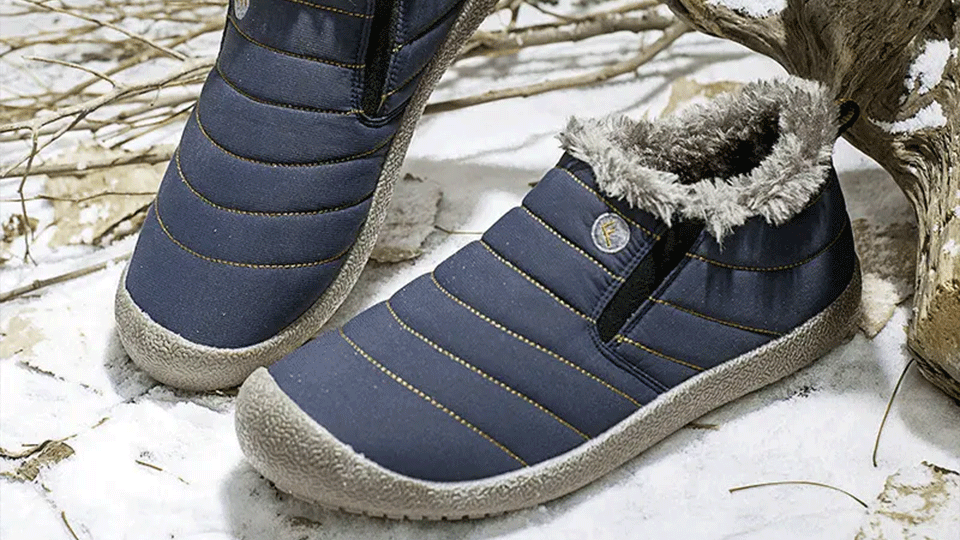

As the chill of winter sets in and the first snowflakes start to fall, many of us may ponder: Is it OK to wear normal shoes in snow? This article will delve into the implications of wearing regular footwear in snowy conditions, the inherent risks, and the importance of donning the appropriate winter gear.
Wearing normal shoes in snowy conditions is not just about comfort, it's about safety. Regular shoes, particularly those with flat soles, are not designed for snowy and icy surfaces. They lack the necessary traction needed to safely navigate these treacherous conditions, leading to an increased risk of slips and falls.
Moreover, most regular shoes are not built to withstand the harsh elements of winter. They lack the insulation necessary to keep your feet warm, and they may not be waterproof or water-resistant, causing your feet to become wet and cold. Persistent exposure to such conditions can even lead to more serious foot problems like frostbite.
Appropriate winter footwear goes beyond just making your winter walks more comfortable. They are critical in ensuring your safety during the colder months. Winter shoes and boots are specifically designed to keep your feet warm and dry. They are typically crafted from waterproof or water-resistant materials, and are lined with insulation for added warmth.
Furthermore, they feature soles designed to grip icy or snowy surfaces, improving safety. These soles are usually made from rubber and have deep treads to provide better traction.
Choosing the right winter footwear can be a daunting task given the wide array of options available. Here are some tips to guide you:
Waterproof: Look for shoes or boots that are waterproof or at least water-resistant to keep your feet dry.
Insulation: Consider the thickness of the insulation. The colder the climate, the thicker the insulation you'll need.
Traction: Check the soles of the shoes. They should be made from rubber and have deep treads for better traction.
Fit: A good fit is also crucial. Shoes that are too tight can restrict blood flow, making your feet cold. Your winter shoes should have enough room to accommodate thicker socks.
Aside from footwear, it's important to dress warmly and appropriately for the weather. Layering your clothing can help maintain body heat. Start with a moisture-wicking base layer to keep sweat away from your skin, add an insulating middle layer to retain heat, and finish with a waterproof outer layer to protect against snow and wind.
Remember to protect your extremities with warm socks, gloves, and a hat. These areas are more susceptible to heat loss and frostbite.
While it's possible to wear normal shoes in the snow, it's certainly not advisable due to the increased risk of slipping and the lack of insulation. Investing in a good pair of winter shoes or boots can substantially improve your comfort and safety during the winter months. So, gear up appropriately, stay warm, stay safe, and make the most out of the snowy season!